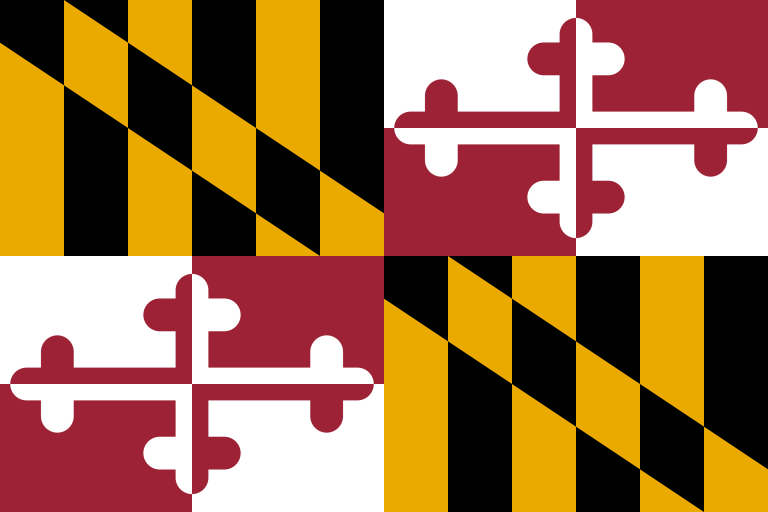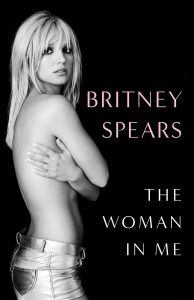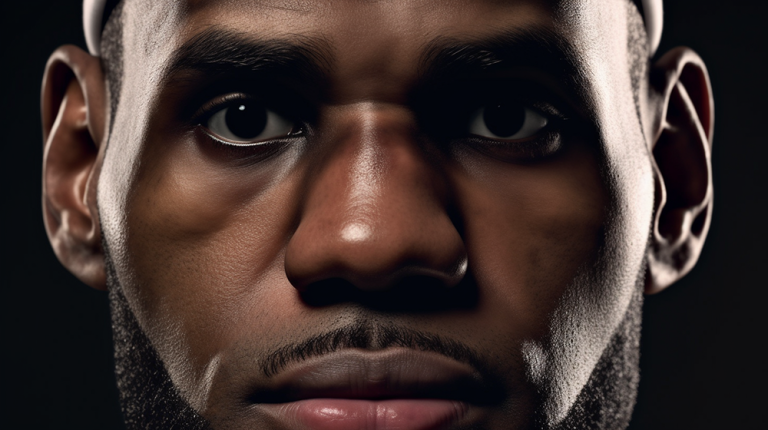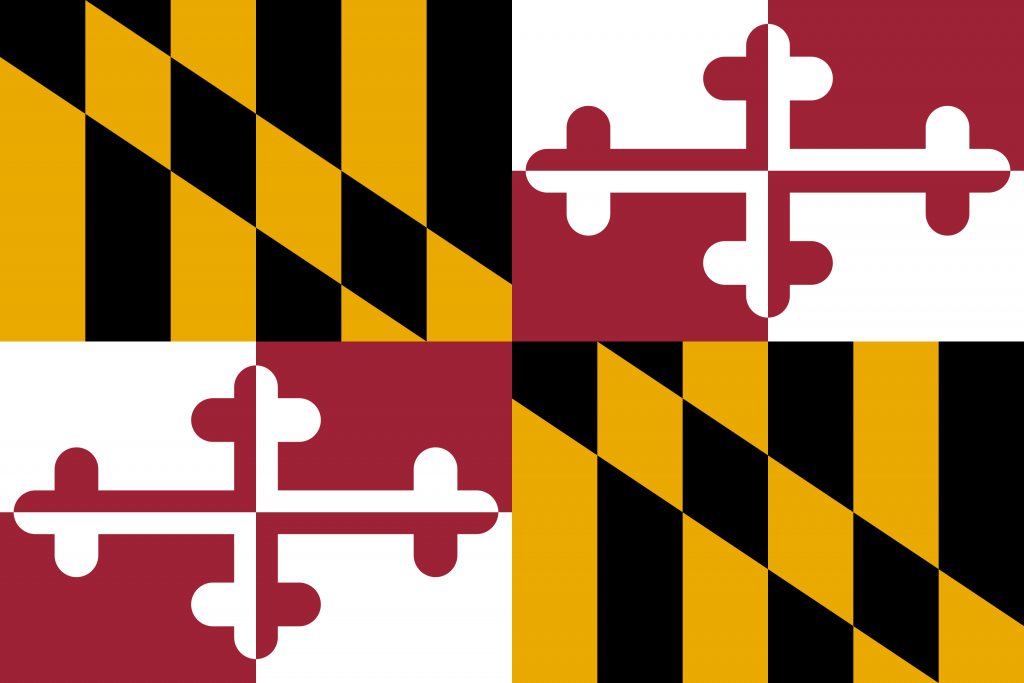
Can you imagine hearing a song that calls people “scum” and saying, “Hey, let’s make that our state song!”? And not just any scum, we’re talking about anti-slavery “Northern Scum”.
That’s what happened in 1939, when the Maryland General Assembly adopted “Maryland, My Maryland” as the State Song (Chapter 451, Acts of 1939; Code General Provisions Article, sec. 7-318).
On the morning of March 20th, 2021, the song remained the state’s celebratory choice for reasons we’ll thoroughly explain, but as a part of the state’s rich and conflicted history, does it deserve to be removed?
The Facts
When looking at the simple facts, it’s pretty obvious that removing “Maryland, My Maryland” as the State Song was at least worth considering:
- The Civil War started on April 12th, 1861
- The poem was written on April 26th, 1861
- It refers to Abraham Lincoln as a “tyrant”, “despot”, and “vandal”
- It calls Union soldiers “Northern Scum”
- It became the Confederate “fight song” after it was set to the tune of “Oh Christmas Tree”
- The young lady who took it from poem to song also made the first 3 Confederate Battle Flags
- The Civil War ended in 1865
- The Confederate Army lost
- In 1939 it was made the Maryland State Song
If you didn’t catch that, let me repeat: the Confederate Army lost. So then why were we worshipping a song from the losing side that sought to overthrow the United States government?
I hear the distant thunder-hum,
You can read the full lyrics here.
Maryland!
The Old Line’s bugle, fife, and drum,
Maryland!
She is not dead, nor deaf, nor dumb-
Huzza! she spurns the Northern scum!
She breathes! she burns! she’ll come! she’ll come!
Maryland! My Maryland!
That’s a great question. No documents outline the reasoning behind the 1939 decision to make “Maryland, My Maryland” the State Song. In some places it had already become a defacto standard played before events in the state, however, Maryland Governor Harry W. Nice rejected the notion of making it the State Song in 1935, claiming it was unnecessarily inflammatory and divisive.
Devil in the Political Details
Hearing the story of how “Maryland, My Maryland” came to be puts everything into perspective. It’ll give you a greater appreciation for the song and the passion with which it was written. And it will probably give you the chills.
On November 6th, 1860, Abraham Lincoln was elected President by a strictly northern vote.

On November 10th, 1860, Senator James Chestnut resigned his senate seat, went home to South Carolina, and began drafting papers to withdraw the state from the United States. Over the next few months, 25 of 66 senators quit, insisting their states were no longer part of the United States and offering their allegiance to the Confederate cause.
One month into Lincoln’s Presidency, Confederate troops stormed and captured Fort Sumter (April 12th-14th, 1861), a United States army base in South Carolina, marking the start of the Civil War.
The next day, on April 15th, President Abraham Lincoln issued a call for 75,000 northern volunteers to descend on Washington DC, protecting it from a Confederate attack.
Guess where they passed through on their way to the Capitol? Baltimore, Maryland.
The state of Maryland was stuck in the middle, both figuratively and literally. Maryland was an anti-war slave state. Its southern neighbors in Virginia had just voted to join the Confederacy (April 17th, 1861). Recognizing a war would likely be fought on the state’s own soil, most preferred a peace treaty to the alternatives of attacking or joining the Confederate south.
The slave-owning governor of Maryland (Thomas Hicks) opposed secession, accurately reflecting the conflicted sentiment of the state. Maryland was full of southern sympathizers forced into an identity crisis. They wanted slaves, but pledged allegiance to the United States. They wanted peace, but war was coming. Not only did Maryland divide the states, but it was a state divided.
To many Marylanders, Abraham Lincoln was to blame for inciting war. They didn’t vote for him and he wasn’t “their” President:
- Only 6 people voted for Lincoln in all of Charles County (they were publicly shunned)
- Only 1,100 of 30,000 votes in Baltimore City were for Lincoln
- Baltimore’s political elite and organized crime gangs opposed Lincoln
- An assassination plot in Baltimore against Lincoln was thwarted
Nevertheless, during a time of astronomically high political and emotional tension, Abraham Lincoln’s troops marched through Baltimore on the way to impose his will on the nation.
Pratt Street Massacre

On April 19th, 1861, an angry mob blocked the troops as they attempted to transfer trains enroute to Washington DC. With the train under attack, the 240 volunteer soldiers got out and began marching in formation, from President Street Station — down Pratt Street — to Camden Station.
The mob began hurling bricks. Some started firing pistols. An all-out brawl became a massacre as the troops returned fire: 4 soldiers and 12 civilians were killed and dozens more badly injured. Finally, with support from the Baltimore City Police, the troops escaped.
This was the first bloodshed of the Civil War… and it happened in Baltimore, Maryland. It was the tipping point. The point of no return. The riot erupted in Baltimore but the anger spilled far beyond its borders. It was a preview of things to come. The wheels of the Civil War were in motion.
If you lived in Maryland at the time, imagine how you would feel. Whether you supported Lincoln or hated Lincoln, you would be absolutely furious. Angry at the state of the union, concerned for the future of your country, and scared for the fate of your family. North or South, Union or Confederate- consider the raw human element of watching a national conflict escalate into a civil war before your very eyes.
Let’s put that into perspective for a minute.
Hindsight is 2020/2021
In 2020 and 2021, Americans endured one of the most polarizing Presidencies of all-time. Whether you support Trump or not, everyone can agree that the President’s brash language inspired Americans.
He inspired some Americans to defend his patriotic America-first ideals. He inspired others to attack him as a narcissistic, power-hungry racist. He inspired tens of thousands to storm the United States Capitol to prevent the transition of power amidst election fraud claims. Some would even argue that President Donald Trump inspired the country to approach the brink of a second Civil War.
For better or worse, like it or not, Donald Trump inspired America.
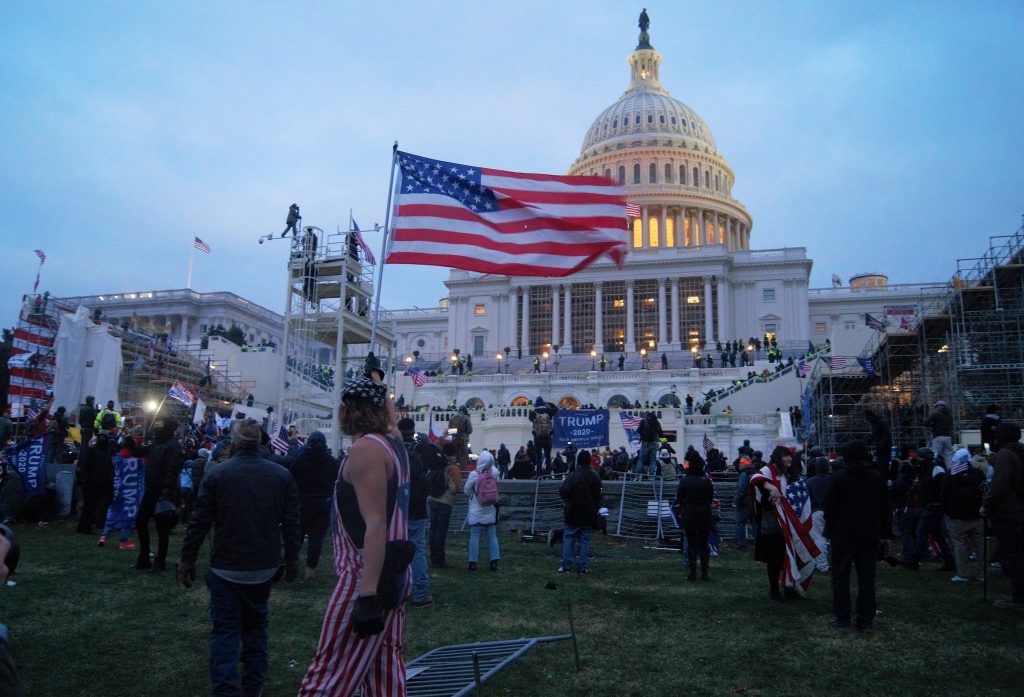
Like all Americans, Marylanders turned to social media to express themselves. Driven by the heat of the moment, Trump detractors and supporters alike used words much more alienating than tyrant, despot, vandal, and scum to describe the “other side”. Facing everyday confrontations of exponentially growing agitation, we all felt pushed to the brink. With our family, with our friends, and with complete strangers on social media.
Can you remember the extremism (on both sides) we saw, felt, and heard during the last weeks of Trump’s Presidency as Americans watched the fate of Democracy blowing in the wind? Can you imagine that energy packed into a pre-internet world, ruled by word of mouth, infused by the racial tension of slavery, exacerbated by a military confrontation of monumental proportions?
That’s exactly how James Ryder Randall came to write Maryland, Oh Maryland… only he did it with paper and ink rather than computer and keyboard.
Devil in the Details
One of the men killed in the Pratt Street Massacre was Francis Ward. When word reached his friend James Randall, a Louisiana teacher and Baltimore native, it drove him mad.
In a fit of rage, feeling overt resentment to the Union officers he held responsible for his friend’s death, Randall penned “Maryland, My Maryland” in support of pro-Confederate Marylanders. Driven by raw emotion he would later recall as “almost involuntary”, Randall explained he was unable to sleep, it was late at night, and “some powerful spirit appeared to possess me.”
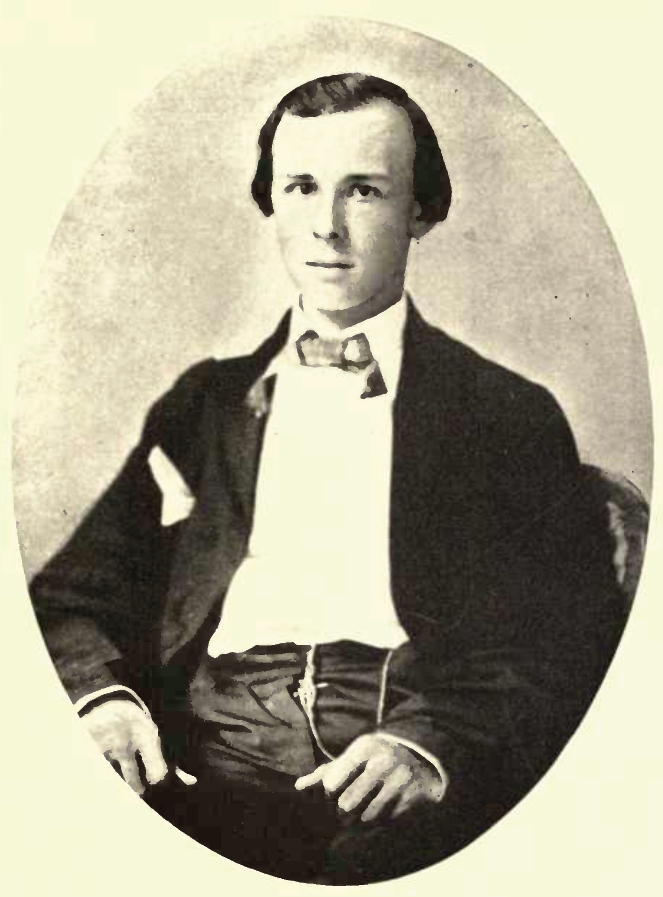
Source: Wikipedia
Today, those “powerful spirits” would be Facebook and Twitter, soon to be remixed by TikTok.
The credit of putting the song to music goes to Jennie Cary, who along with her sister Hetty, had the additional privilege of making the first 3 Confederate Battle Flags. They put it to the tune of “Lauriger Horatius”, added the word “My” to “Maryland” so the poem fit the music, and it spread like wildfire:
“As the song thus boldly chanted by young Confederate sympathizers, in a city occupied by their enemy and under strict martial rule, was to drift over the border” … “to echo down the ages as the most famous battle-song of the Confederacy”
These words come from Constance Cary Harrison, wife of the Confederate President’s private secretary; who helped Jennie and Hetty Cary sew the first Confederate flags.
Important Reminder
It’s important to note that ultimately, Maryland chose America both legislatively and in arms: the courts would commit to ruling the Confederacy unconstitutional and 3X more Marylanders fought for the Union than for the Confederacy.
Despite this fact, Maryland had the only state song that calls for the overthrow of the federal government.
Don’t Kill The Song
In 2015 the state of Maryland decided to review the use of “Maryland, My Maryland” as the State Song. An official “State Song Advisory Group” concluded that:
“a single, new “official” song cannot be imposed on the citizenry. To do so, the old song would have to be banned, and this action could cause a public outcry among those resistant to change for a variety of reasons.”
Ironically that same consideration wasn’t granted to citizens who opposed the song in the first place. As Maryland’s Governor explained in 1935, in opposition of efforts to make “Maryland, My Maryland” the State Song, it could “continue to be played as long as it appeals to the people, irrespective of legislation on the subject.”
Yet the song’s supporters pushed forward. They backed a bill in 1939 to make “Maryland, My Maryland” the State Song, and they were successful.
The brilliantly insightful 2015 report (PDF) provided five possible solutions for replacing the State Song:
- Remove the pro-Confederate lingo and keep the rest
- Replace the words with “My Maryland” by John T. White
- Combine parts of both Randall and White’s poems
- Retain the song without lyrics
- Name “The Star Spangled Banner” as the State Song
None of these ideas advanced. Official bills to change the song failed in every prevoius attempt: 1974, 1980, 1984, 2001, 2002, 2009, 2016, 2018, 2019 and 2020. Would 2021 be different?
Not if you ask Baltimore County representative Kathy Szeliga, who voted along with 6 other House Republicans to keep “Maryland, My Maryland” as the state song.
“We have a lot of cancel culture going on, and we’re canceling everything,” Szeliga said.
“You know, David from the Old Testament ― who committed adultery and then had Bathsheba’s husband killed ― we didn’t cancel him out of the Bible, but showed that that’s a man with flaws,” Szeliga said. “So I’d like to relegate this song to history, but I’m not going to be able to vote to repeal it.”
MarylandMatters.org
It’s true that “Cancel Culture” has gone overboard, but blaming everything on Cancel Culture and calling everyone who disagrees with you “Karen” have become the exhausting “go to” rebuttals of defeated logic.
Szeliga is absolutely correct that David shouldn’t be deleted from the bible. Nor should we be singing songs of praise about David’s adultery and murders at grace before supper each night as part of an official Christian decree. The concept of “cancelling David” is a lazy excuse to rest her case on the mantle of deteriorating Republican values.
Lest you not forgot, Abraham Lincoln was a Republican President. Arguably one of the best Presidents ever for blacks along with Donald Trump. And Lincoln is the founder of Cancel Culture. He canceled slavery.
Szeliga is right about yet another thing: the song deserves to be relegated to history. “Maryland, My Maryland” shouldn’t be killed. It deserves to be perpetually honored as a vital part of Maryland history, exactly where it belongs: at the Baltimore Civil War Museum at Historic President Street Station.
Change the damn song
Often times the right thing to do is the hardest thing to do. In this case it was the opposite: just change the damn song.
If the Washington Redskins can change their name to the Washington Football Team overnight, full of zero good ideas except the notion to stop embarrassing themselves, surely Maryland could do the same.
Nobody is trying to ban the song. It’s an important piece of history. But how can anyone insist that an angry poem calling Americans scum, written by an out-of-towner, and set to the tune of “Oh Christmas, Tree” by a bunch of Confederate Flag making kids- how is THAT the song we as Marylanders embrace as most worthy of treasuring and honoring as our current state song?
The Washington Football Team is now the Washington Football Team because they actually needed a name. Maryland does not need a State Song. If legislators can’t decide on a suitable replacement song – a sticking point for legislative progress in the past – why not remove it altogether?
That’s precisely where we’ve arrived: Maryland representatives were given the option to repeal the song without replacement in 2021 legislation, meaning (if successful) Maryland would no longer have a State Song at all.
The Best Alternatives
If having any State Song is a bigger priority than removing a State Song that exists for the purpose of dishonoring America, here are the 3 best alternatives:
The Obvious Choice
Use the song that’s more Maryland than anything. The song to which Marylanders of all races and religions already join together, no matter the place or occasion, to show Maryland pride. A song actually written in Maryland in support of America. The song of which one word has become the chorus sung in unison. It’s the Star Spangled Banner, listed as “Option 5 on Page 15” in the 2015 study.

O! say can you see the Star Spangled Banner becoming Maryland’s State Song?
The Easy Way Out
We’re talking about the Maryland State Song not the Maryland State Poem. The girls who put James Ryder Randall’s words to music borrowed an age-old tune from medieval times that’s not at all unique to the state.
“Maryland, My Maryland” is set to the 16th century tune of “Lauriger Horatius”, which is Latin. It was repurposed as a traditional German folk song titled “O Tannenbaum” in 1824, which translates to “O Fir tree”

The song was initially meant to confer the evergreen’s qualities of constancy and faithfulness, but when the family tradition of buying Christmas trees developed in the mid 1800s, the lyrics and meaning were changed to “Oh Christmas Tree”, creating a new cultural context where none previously existed. A historically old-school remix was born.
By the time “Maryland, My Maryland” used the song it was already old news. It was a meme before memes existed. But the familiarity of memes breathe new life into old jokes- which is exactly what Maryland, My Maryland has become. The tune has been recycled so many times that it could be part of the Green New Deal- so why would Republicans support it?
Even the Union soldiers repurposed the song to suit their beliefs. Florida, Michigan, and Iowa turned their own versions into state songs. Choosing Maryland, My Maryland as the State Song was the original “Me too” movement.
The very least Maryland’s representatives could do is swallow their pride, remove the lyrics from the State Song, and let Marylanders hum along, each person mentally filling the void as they see fit. In some sense it could be a beautiful tribute to an agreement to disagree, harking back to the original song’s admiration of the evergreen’s constancy and faithfulness in the face of a faithless lover.
It’s better than nothing
Rather than allowing a replacement to organically emerge, another option is to artificially create one and force it into position. It’s inauthentic, but authenticity isn’t an official requirement to be named State Song.
Maryland’s representatives recently agreed that the Maryland State Song should have the following qualities:
- It should celebrate the best in Maryland and its citizens
- It should be unique
- It should be memorable
- It should be popular
- It should be singable
- It should be short
- It should be historically significant, and
- It should be inclusive of all Marylanders
How many of those boxes does “Maryland, My Maryland” check?
Several talented groups and individuals are making a valiant effort to create a suitable replacement that checks more boxes, including but not limited to:
- “The Free State Song” by US Rep Jamie Raskin
- “That’s My Maryland” by Annapolis’ Eastport Oyster Boys
- “Maryland Proud” by Wicomico County Councilman Josh Hastings
- “Maryland, Our Home” by Thomas Ponton of DeMatha High School
Those might meet the technical standards of a good State Song, but they lack the natural hutzpah of the song it hopes to replace.
How about this?
If Maryland wants a new song, why not go with something more edgy and honest? Something born of pure inspiration, written and recorded in Baltimore. Something that also started as a protest anthem. Despite a verbal Presidential attack (with which we don’t agree), it’s a true historical reflection of how many Marylanders felt at a crucial time in the country’s history. How about this?

You might not agree with all the lyrics, but we can’t let Cancel Culture cancel everything. David killed people and banged someone’s wife but nobody deleted him from the bible. This is a part of Maryland history and thus deserves to be preserved as the Maryland State Song.
Does that seem ridiculous? Does it seem “unnecessarily inflammatory and divisive” as a State Song? Would you suggest it can “continue to be played as long as it appeals to the people, irrespective of legislation on the subject”?
Perhaps Maryland should wait 60 years and then push it through. Worst case scenario, maybe just remove the lyrics and use the beat?
It’s time to use your brain.
The Know Nothings
All Marylanders should acknowledge the importance of “Maryland, My Maryland” in the state’s history. In fact, why not use state funds in promoting Baltimore City’s transformation from a conflicted pro-slavery mess into a charming and peaceful cultural destination?
I can already hear the tired echoes of Baltimore City outsiders, laying on the objections quicker than the car horn when the traffic light turns green.
Baltimore’s national reputation as a violent city of lawlessness and riots didn’t start in 2015 with Freddie Gray. It didn’t even start with the first bloodshed of the Civil War in 1861 on Pratt Street. It started much earlier, solidified by a political party called the “Know-Nothings” in the 1850s that hated immigrants, side-stepped racism, incited violence, interfered with elections, and suppressed voters. Samuel Hinks, literally a Know Nothing, ascended to power as Baltimore Mayor in 1855.

Source: Wikipedia
As long as Maryland’s leaders embrace our racist past as our present identity, overlooking the implications as unfortunate but trivial, history is destined to repeat. Those so fond of history that they’d opt for its nostalgia despite the consequences prove we’ve come a long way but in many ways have gone nowhere.
When will we learn that what we choose to celebrate defines what we wish to become? So long as Maryland leadership remains indifferent to the State Song and its demerit, we’re doomed to repeat the history it glorifies.
The Learn Somethings
Despite more than 30 State Delegates voting to keep “Maryland, My Maryland” as the State Song (🤦), legislation supporting it’s repeal advanced to the Maryland Senate, where it unanimously passed.
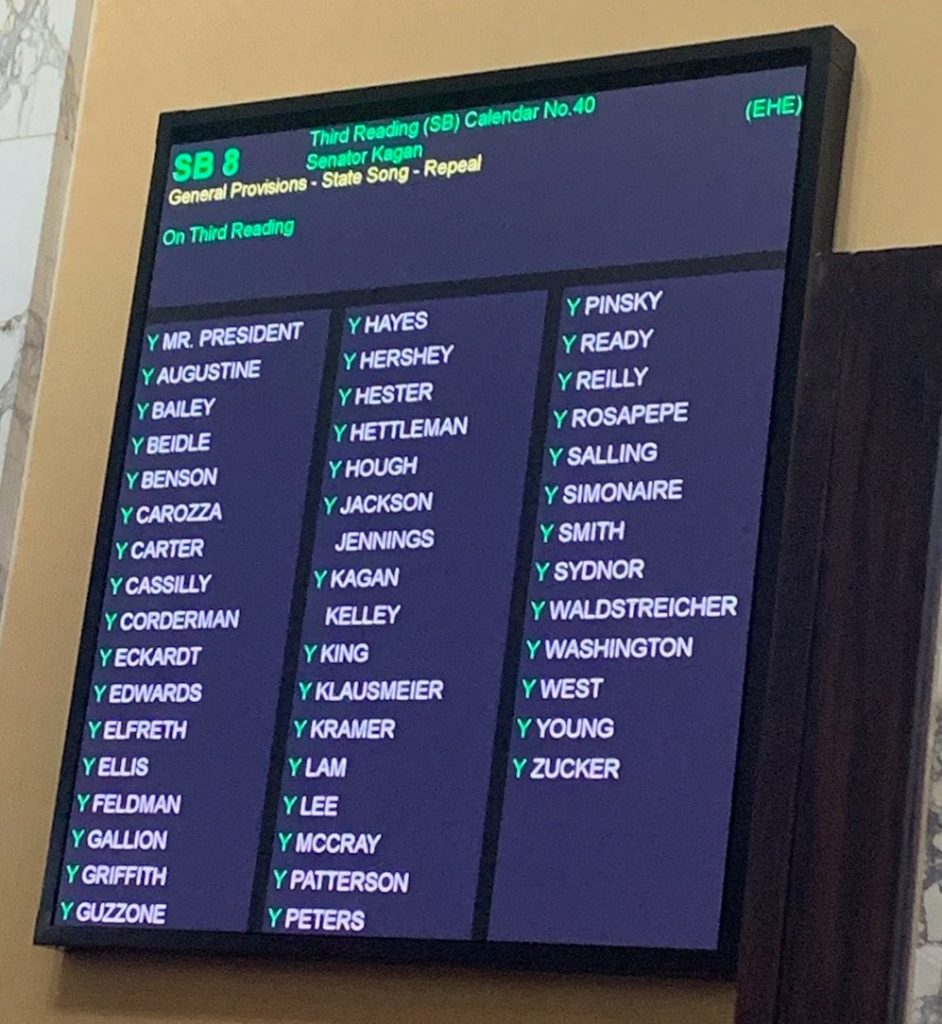
Having passed the Senate (SB0008) and the House (HB0667), the bill sponsored by Senator Cheryl C. Kagan of Montgomery County now has mostly formalities in the way of approval.
The last test in repealing the song: Maryland Governor Larry Hogan must sign his approval. You can contact the governor and urge him to do so.
